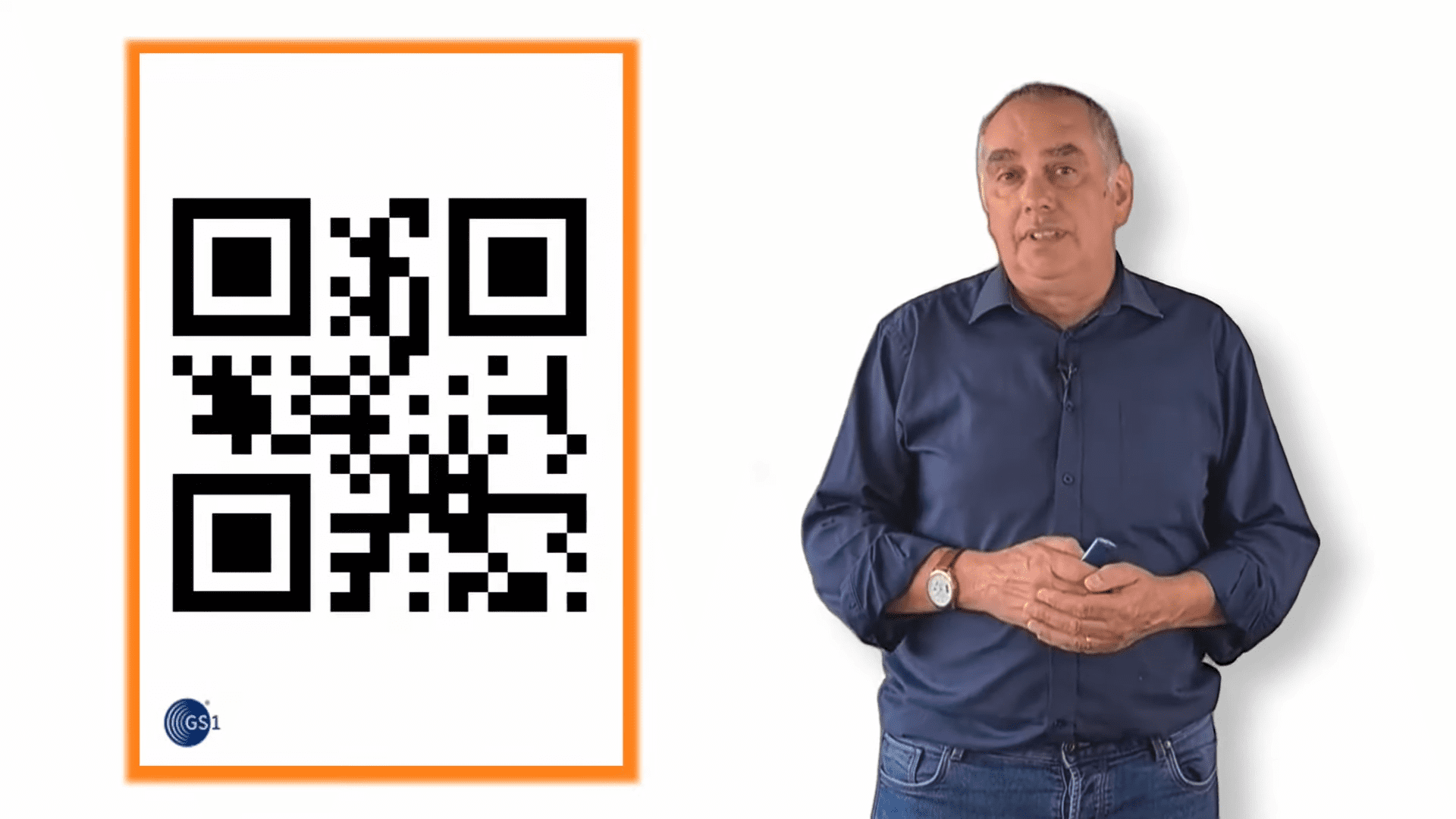GS1 Digital Link is the standardised method for encoding identifiers like GS1 GTINs, GLNs and SSCCs, along with batch numbers, serial numbers, expiry dates and more, in a way that achieves two goals. GS1 Identifiers can be:
- encoded in a barcode, decoded by scanning software and passed to the host system without any need for an online connection.
- connected to online information.
In retail, GS1 Digital Link is an important part of industry’s global migration to 2D barcodes where the vision is that each product will have a single multipurpose 2D barcode that can be used at the retail point-of-sale, and to access digital content such as certifications, instructions for use, product information, traceability information and more.
GS1 Digital Link is not used in a 2D barcode in healthcare applications. Instead, GS1 identifiers are usually encoded in a GS1 DataMatrix but may be converted into a GS1 Digital Link URI within the scanning software, usually a mobile phone app.
Use of the GS1 Digital Link standard means that GS1 identifiers such as the GTIN are now a gateway to information that strengthens brand loyalty, improves supply chain traceability information, and enables business partner APIs, patient safety information and more.
Using the GS1 standard means you’re not only providing a URL for people to scan, you’re also providing GS1 identifiers – the same identifiers relied upon throughout industry today – and leveraging open global standards. The brand owner can redirect from the GS1 Digital Link URI to any number of digital information sources, all from one barcode symbol, saving space and improving efficiency. Methods for redirecting to one or more source of information are described in the supporting guides. What's important is that digital content can be continually updated by a brand owner, without the need to change the QR Code with GS1 Digital Link URI on-pack, meaning packaging or artwork does not need to be changed for access to things like new promotions or usage ideas. Meanwhile, retailers, supply chain partners, and third-party applications, like nutrition and health apps, can still make use of the barcode as an entry point to look up their own information in their IT systems, exactly as they do today.
In Healthcare, scanning the existing barcode already on the product or pack used for compliance with regulatory requirements with a mobile device app that creates the GS1 Digital Link URI or one that connects to a GS1 Conformant Resolver helps reinforce the One-Product One-barcode goal.
Manufacturers, distributors and hospitals use the GS1 compliant linear barcode or GS1 DataMatrix already on the product or pack yet, now with a GS1 Conformant resolver or GS1 Digital Link standard they can access digital information online about the product. The Digital Link URI is not encoded in a 2D barcode in healthcare applications.
QR Codes powered by GS1
Find out more
QR Code Powered by GS1 best practices
Redirection: from scan to content
Connecting barcodes to related information
Quick start guide for GS1 Digital Link
The How and Why of GS1 Digital Link
GS1 Digital Link layers (video)
PepsiCo Intermediate Menu - Learn More
PepsiCo Intermediate Menu Patent and License
Healthcare:
Access online information for healthcare products with the existing GS1 Barcode (2023)
The key role of GS1 DataMatrix barcodes for product identification in healthcare (2021)
Any questions
We can help you get help you get started using the GS1 standards







